The History of Mazda
Mazda Motor Corporation is one of the 15 largest automakers in the world, but it began humbly in 1920 in Hiroshima, Japan. Modern Mazda vehicles have engaging handling and refined interiors that are a product of over 100 years of innovations. Mazda's perpetual manufacturing spirit has enabled us to make some of the liveliest vehicles on the road, and Riley Mazda invites you to learn more about our storied legacy.
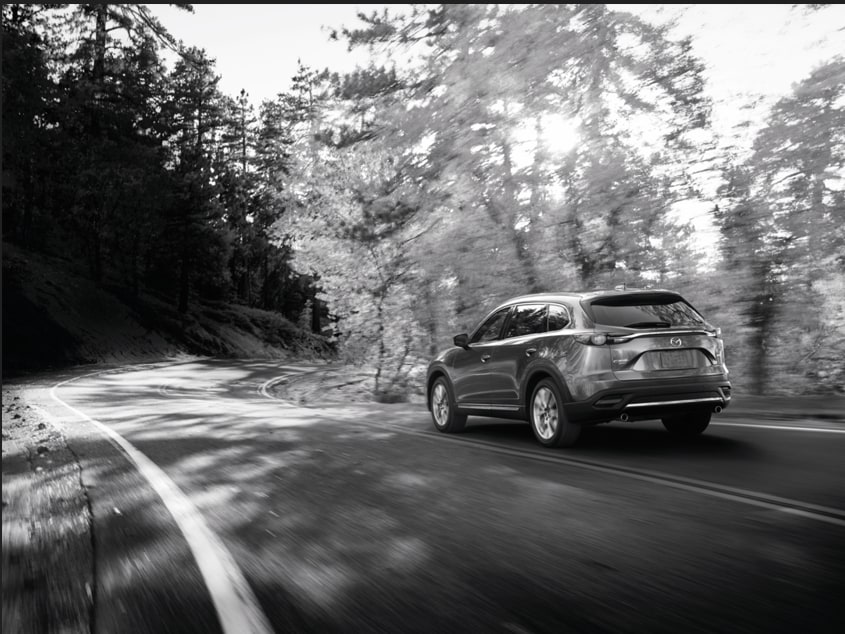
Origins in 1920 Hiroshima
In 1920, Toyo Cork Kogyo Co. Ltd. was founded to save a financially stricken cork-producing company in Hiroshima. In 1927, it was renamed Toyo Kogyo Co., Ltd., and the business began to focus on the machine business. By the fall of 1930, a prototype of a three-wheel truck was completed, followed by the prototype of a small four-wheel passenger car in 1940. Toyo Kogyo began selling the three-wheel passenger car Type-PB in April of 1950, followed by the four-wheel truck Type CA in June.
1960-1973: Evolution to a Full-Line Automaker
In 1960, Toyo Kogyo's first passenger vehicle produced using a revolutionary computer-controlled factory rolled off the production line. By 1967, Mazda came out with the Cosmo Sport, which had the world's first two-rotor rotary engine. In the early '70s, tightened gas emissions regulations gave Toyo Kogyo a leg up on the competition, since the rotary engines were already better suited to meeting the regulations than their rivals at the time. By the end of 1972, Toyo Kogyo's cumulative production of vehicles reached 5 million units.
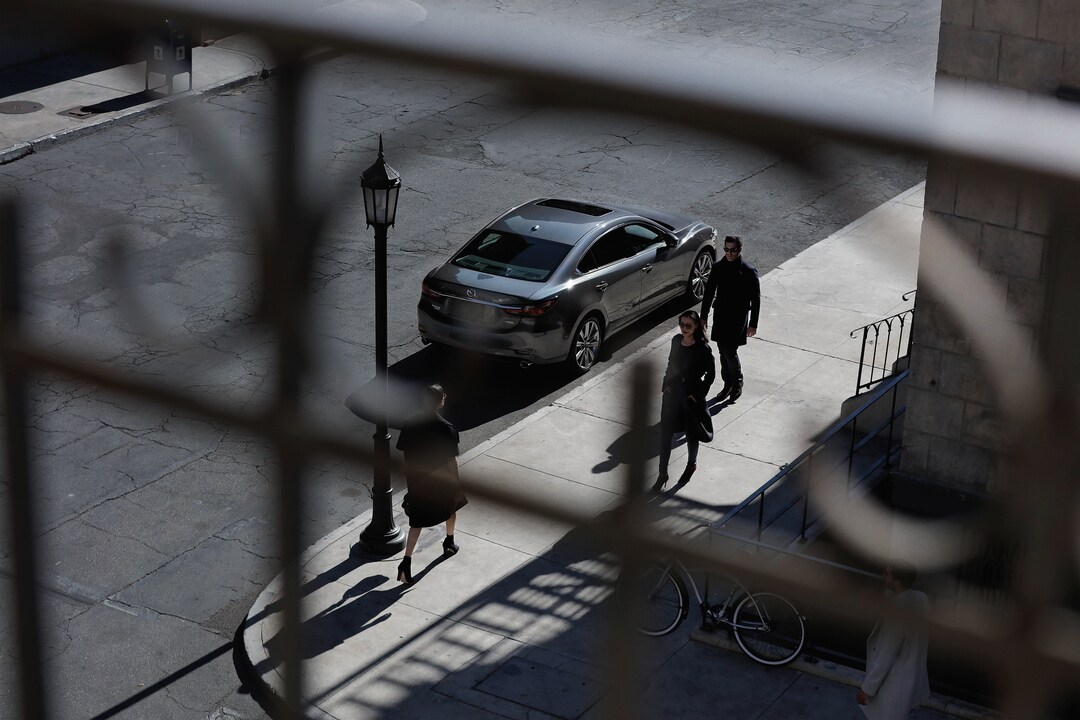
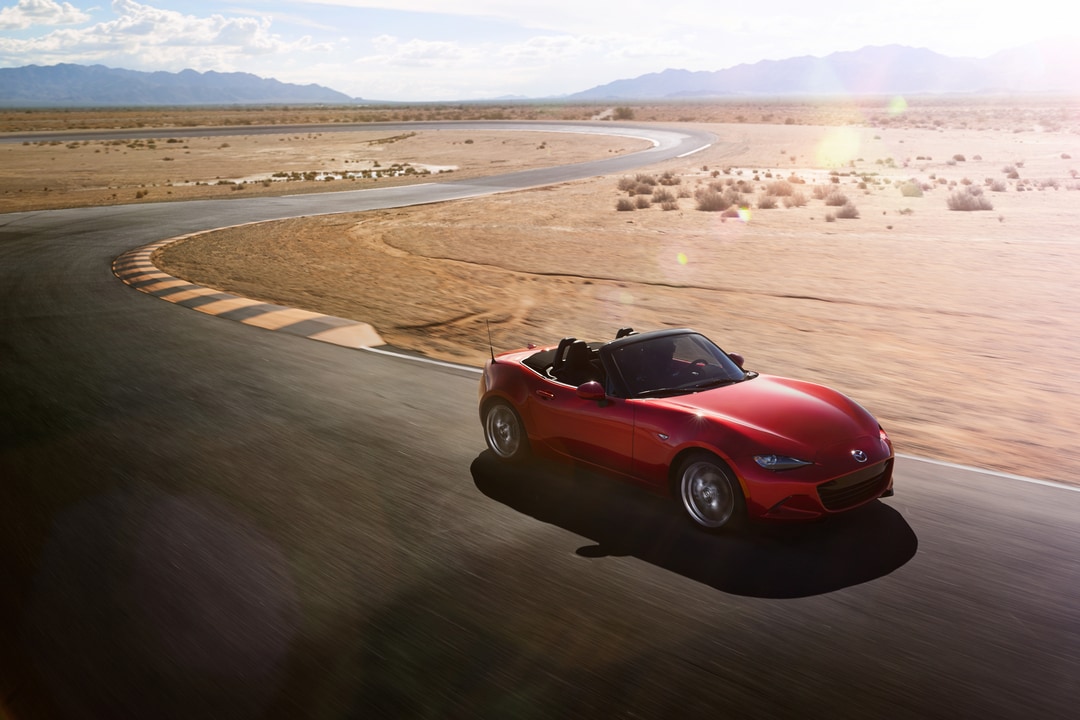
1974-1989
In 1974, the RX-4, coupe, sedan, and wagon debuted, and by 1977, the 323 (or Familia) was introduced. 1978 brought forth the rotary-engine RX-7 sports car, the B-series pickup, and the 626 series midsize car. Finally, in 1984, the company name and brand name were aligned to "Mazda Motor Corporation." 1989 was the birth year of the Mazda MX-5 Miata, which made its debut as a 1990 model at February's Chicago Auto Show.
1990-2005
In 1990, Mazda entered the U.S. SUV market with the two-door Mazda Navajo. In 1993, Mazda entered into a long-term strategic relationship with Ford Motor Company to enhance its competitive strength. However, by 1997, Mazda reaffirmed its brand DNA with a new personnel system and a new brand symbol, which is still used today. In the year 2000, new models were rolled out to reflect the new brand strategy, including the Mazda6, Mazda2, and Mazda3. The international ad campaign used the tagline "Zoom-Zoom."
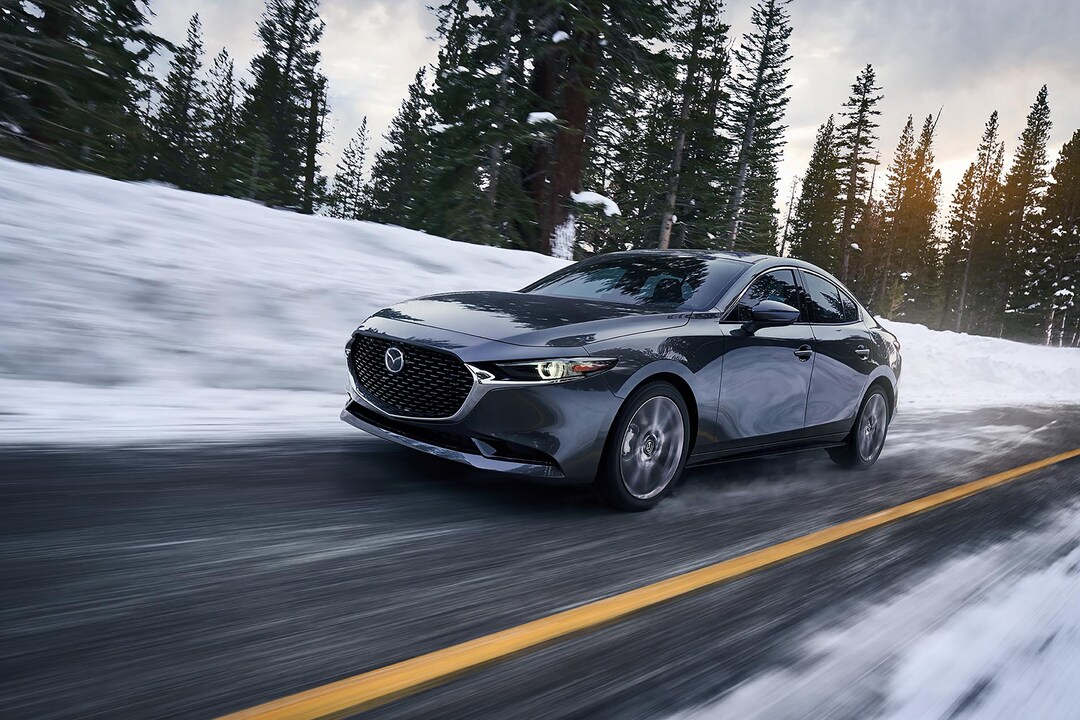
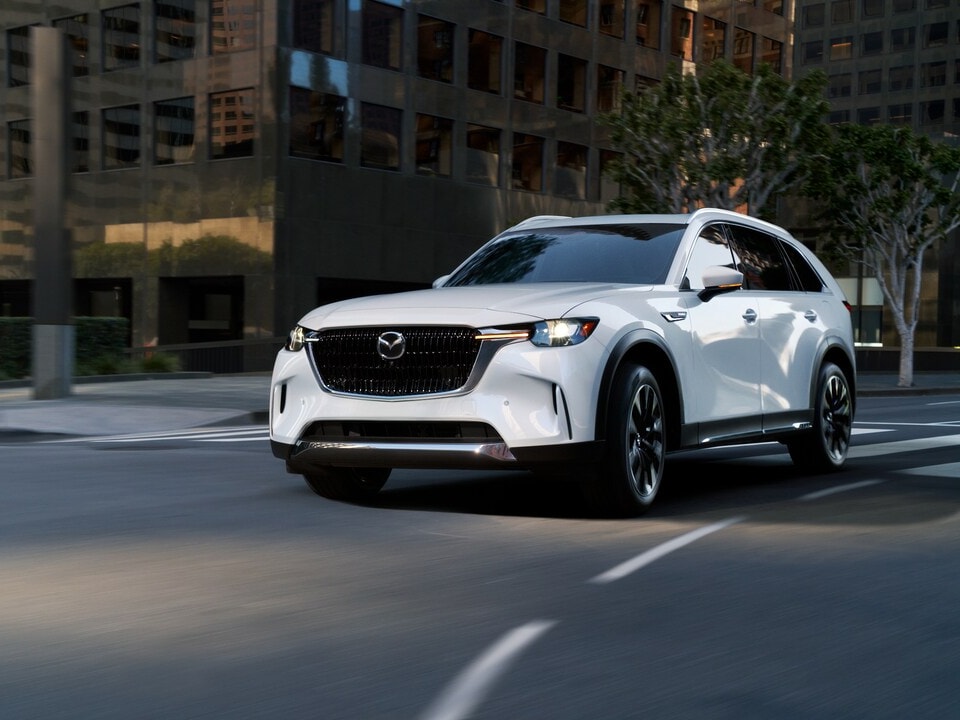
2005-Present
Following the 2008 recession, Ford sold its shares in Mazda, making it a fully independent company. Mazda then adopted next-generation Skyactiv technology and the new Kodo design theme to bring their vehicles to new heights of performance and design. In 2017, Mazda announced its long-term vision for technology development, "Sustainable Zoom-Zoom 2030," which laid out plans for substantially reducing CO2 emissions and a multi-solution approach using both gas engines and electrification.
In 2022, Mazda's first mass-production EV, the MX-30 was released. This was followed by a new plug-in hybrid (PHEV) SUV in 2024, the three-row Mazda CX-90. On the horizon is the 2025 Mazda CX-70. This model will be similar to the CX-90, but it will have two rows of seats, blacked-out exterior trim, and a new wheel design.
Visit Riley Mazda to Experience Mazda Excellence Firsthand
Our glorious past has made Mazda one of the top auto brands in the world. Visit Riley Mazda and see for yourself why Mazda cars and SUVs are so much fun to drive.
How Can We Help?
* Indicates a required field
-
Riley Mazda
75 Myrtle Ave
Stamford, CT 06902
- Sales: (203) 978-5780